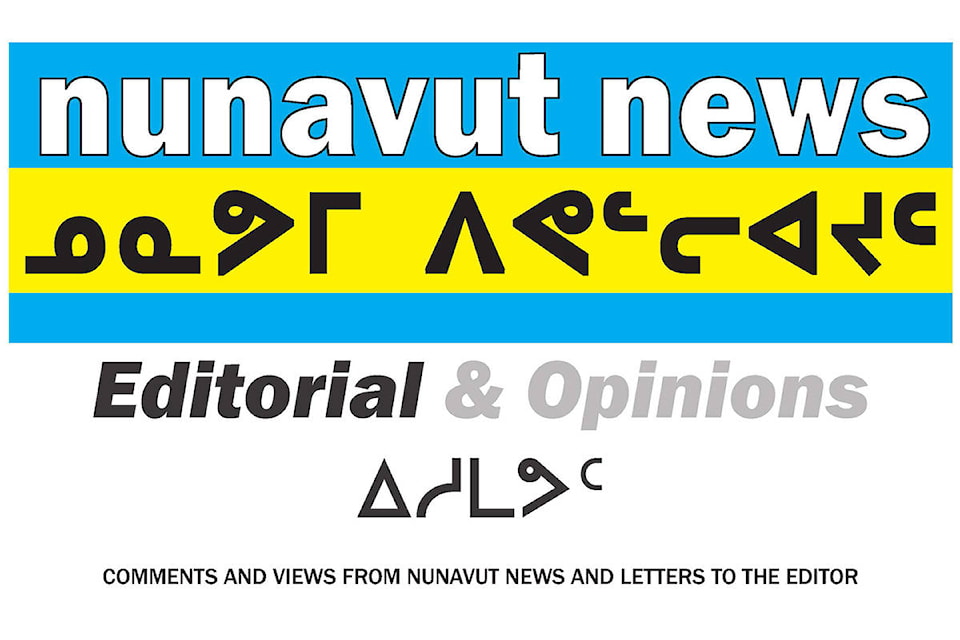We’ve entered the zone where promises fall like raindrops during an all-too-brief Nunavut summer.
Five weeks of federal election campaigning kicked off Aug. 15.
In the week or two prior to Prime Minister Justin Trudeau making official Canada’s worst-kept electoral secret – that being a fall election – the spending commitments from the governing party were downright astounding. It seemed that every day there was another news release, sometimes multiple, landing in Nunavut News’ email in-box.
Among them were announcements pertaining to early learning and child care support, housing and other infrastructure and a Nunavut Recovery Centre for those suffering from trauma and addiction.
The deluge of pledges could bring about a couple of reactions: Ottawa really cares about Nunavut and it shows, or cynicism because so many of these vows come on the verge of an election with re-election of the incumbents needed to transform the promises into reality – in theory, at least.
Nunavummiut have three candidates vying to become the territory’s new member of Parliament, so there’s reasonable choice. Pat Angnakak dove in for the Liberals. Lori Idlout is representing the New Democratic Party. Laura MacKenzie will be on the ballot for the Conservatives.
The Green Party isn’t part of the race this time around. Perhaps finishing with 2.2 per cent of the vote in 2019 didn’t leave with the Greens with much incentive to return.
Mumilaaq Qaqqaq decided not to seek a second term. She said she was racially profiled by Parliament security and spoke in stinging terms while announcing the approaching end of the line.
“People like me don’t belong here in the federal institution,” she said in the House of Commons on June 15. “The reality is that this institution and the country has been created off the backs, trauma and displacement of Indigenous People.”
The stress of the job rested heavily on Qaqqaq. She took two mental health breaks: the first from Oct. 23 through December, the second for a couple of weeks in April and May.
She’s going out swinging, however. She and fellow NDP MP Charlie Angus have a high-profile campaign to have a special prosecutor appointed to investigate “crimes against humanity” at Canada’s former residential schools. They want priests who were abusive to Indigenous children to be brought to justice.
Qaqqaq has also levelled sharp criticism at the federal government for not doing enough to address Nunavut’s housing crisis and infrastructure deficit, among other issues.
The rigours of representing Nunavut at a national level may have played a role in the downfall of Hunter Tootoo as well. He preceded Qaqqaq in Parliament and wound up in the spotlight in May 2016 when he, under pressure, resigned as the Liberals’ federal fisheries minister and later became an independent member of Parliament. He spoke openly about his addiction to alcohol and his desire to overcome it. There was also plenty of press about an inappropriate relationship he carried on within his office.
Prior to that, Leona Agglukaq was elected twice. She served as Health and Environment minister under Stephen Harper’s Conservatives. She made bids to return in 2015 and 2019, however, Nunavummiut said, “Thanks, but no thanks.”
Liberal MP Nancy Karetak-Lindell was in office when Nunavut was officially recognized as a separate territory. She served four terms from 1997 to 2008. Oddly, the Liberals never saw fit to make her a cabinet minister, which seems like a missed opportunity.
We’ll find out in less than a month which woman will carry the torch in Ottawa next. It’s a heavy responsibility, and an important choice for Nunavummiut to make.
